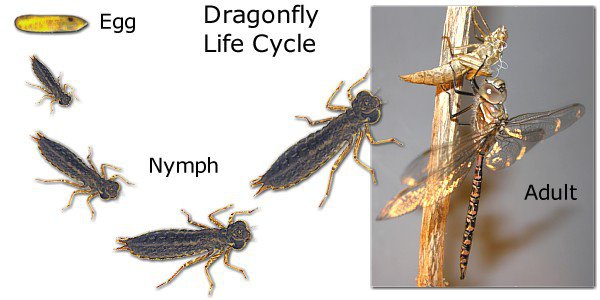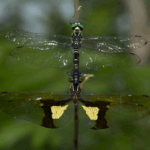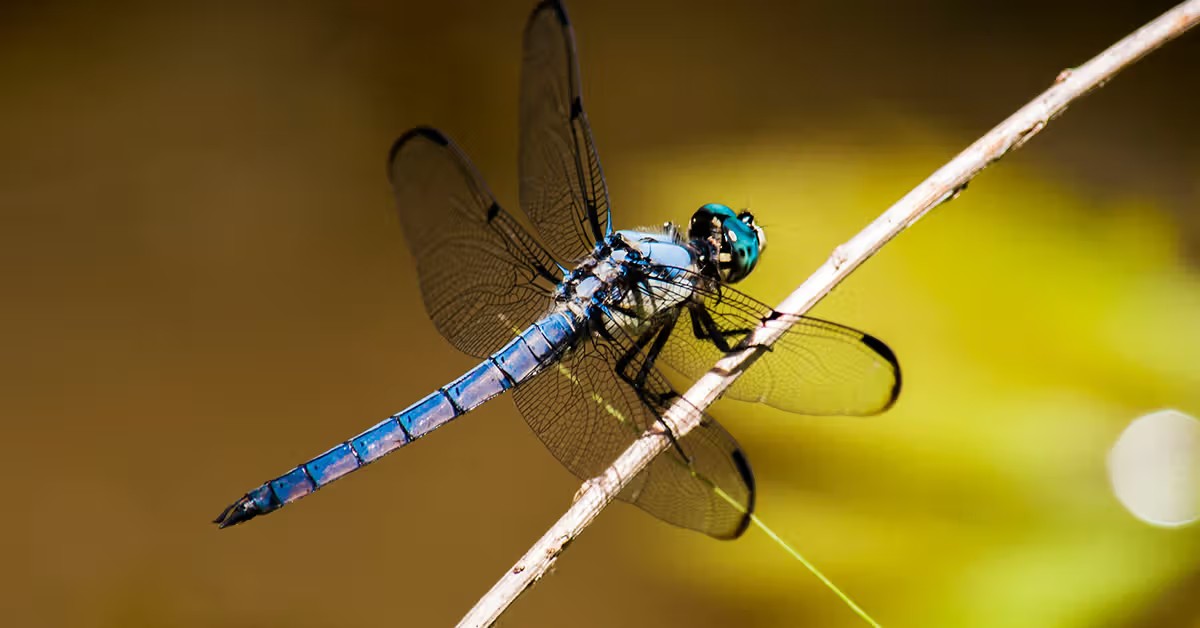
No insect has a lifespan of only one day – even mayflies (not closely related to dragonflies) live for several months underwater as larvae before emerging as winged adults. Adult mayflies may only live for a day or so as they are dedicated “breeding machines”. They cannot feed as adults as most species don’t have any functional mouthparts.
How long do Dragonflies live? Is it true that they only live for one day?
At the shortest, a dragonfly’s natural life-cycle from egg to death of adult is about 6 months. Some of the larger dragonflies take 6 or 7 years! Most of this time is spent in the larval form, beneath the water surface, catching other invertebrates. The small damselflies live for a couple of weeks as free-flying adults. The larger dragonflies can live for 4 months in their flying stage. In Britain, lucky Damsel adults seldom manage more than two weeks and Dragons more than two months. Most Damsels rarely go more than a week, and Dragons two or three weeks. They die from accidents and predation, and large numbers from starvation – in poor weather neither they nor their prey can fly.
How long do dragonflies live?
It depends what you mean. The adults, the form you see flying around lakes and ponds, usually live for a few weeks but the larger species can live up to 3 or 4 months and can migrate thousands of miles from where they first emerge.
But all dragonflies spend the majority of their total lifespan, from egg to death, as aquatic nymphs, feeding and growing in freshwater pond and lakes. Usually they will go though about one cycle per year, growing and then emerging from the water to lay the next generation of eggs, but this can as short as 6 months or much longer. In temperate climates each winter they enter a temporary stasis known as diapause where they stop growing and wait for the waters to warm and food to become more plentiful. There are species near the arctic which only have a short window each year to grow and can take up to six years to go from egg to adult, not quite as impressive as a cicada but not bad for an insect.
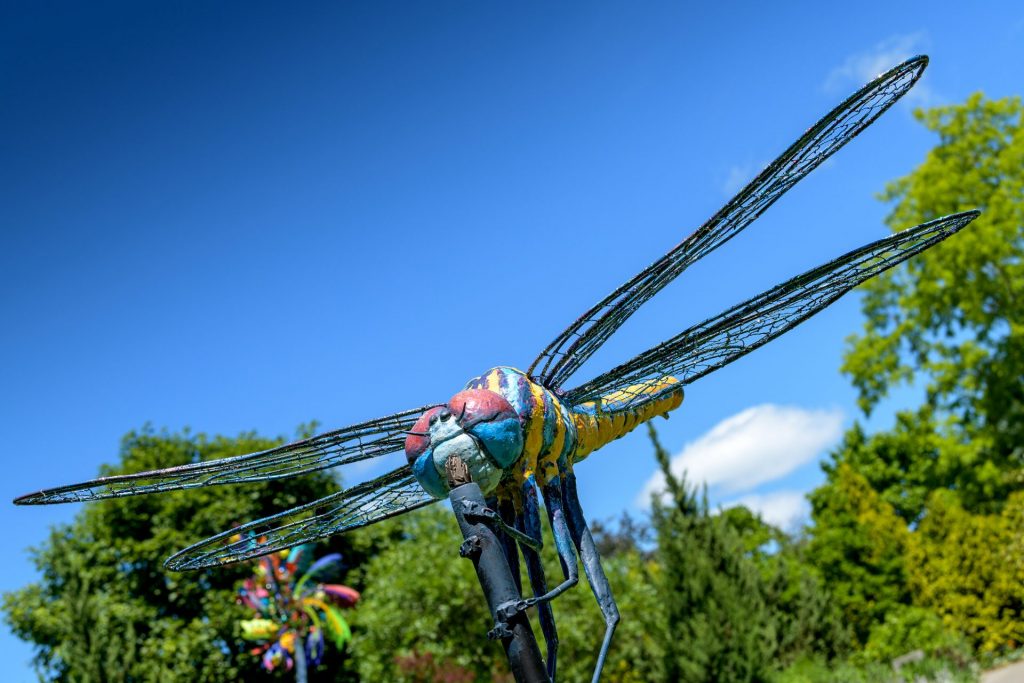
The dragonfly is an insect that has inhabited the earth for several years – almost 300 million years to be exact. There are more than 5000 species of dragonflies that exist today. There are many people who believe that these insects live only for a day. This however is not true as when you investigate how long dragonflies live, the shortest life cycle of a dragonfly from egg to the death of the adult is about six months.
There are even dragonflies that live for several years as aquatic larvae before they emerge and live for a few months as adults. Most dragonflies don’t die of old age but are caught by predators. Even if they do survive, they still don’t live much longer than a few months.
A surprising and interesting fact about the dragonfly is that, they will spend only a very short part of their life span as actual adult dragonflies. They will live as nymphs for up to four years, molting their skin between 8 to 17 times depending on the species, and finally when they mature into adults, they can only live for a few months.
Needs of the Dragonfly
Dragonflies live on every continent except Antarctica since it’s far too cold for them to survive there. You are able to find them wherever there is clean, fresh water. Dragonflies are typically near wet habitats like ponds, lakes, rivers, streams, or wetlands. You may even notice a few of them zipping by you during the summer!
When you look for a dragonfly, keep in mind the time of year too. You will primarily see dragonflies in the summer months flying around. Even though you only see them in the summer in most parts of the U.S., they are quite busy year round due to their lifecycle!
The Dragonfly Lifecycle
Dragonflies lay their eggs in the water and spend most of their life cycle in their larval stage as “naiads” underwater before they grow their wings and emerge as adults in the summer. It’s pretty impressive that they can live underwater in their larval stage for up to two years depending on the specific species! After hatching, the larva (naiad) has six legs, hinged jaw, and winged sheaths.
Once it’s ready to transform into an adult, the dragonfly larva shifts to the edge of the water and learns to breathe in air. Then they’ll slowly push out from their old shell body to emerge as an adult dragonfly. Adult dragonflies typically live for up to six months.
When they are young, the naiads are busy hunting in the water to find food to eat. They typically consume insects, fish, tadpoles, and aquatic worms. When the dragonfly emerges as an adult, they can catch more than 30 mosquitos a day! If you don’t really like insects like dragonflies, the fact they eat those pesky mosquitos should give them extra brownie points.
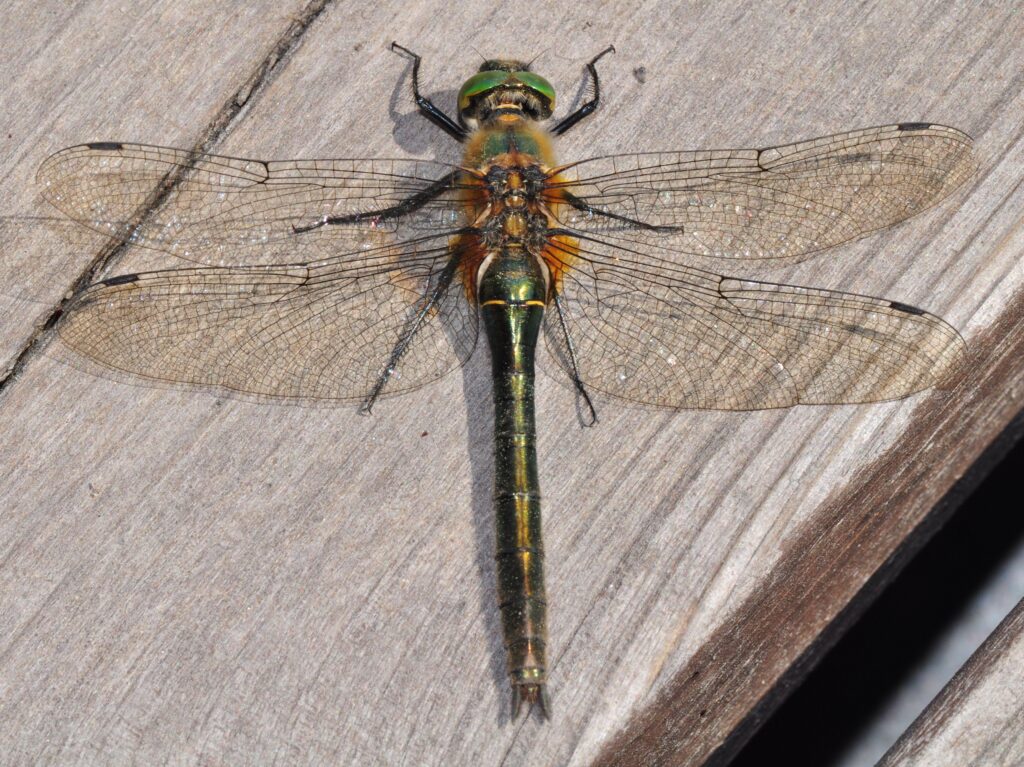
Dragonflies & Damselflies are Not the Same
Do you know the difference between a dragonfly and a damselfly? I’m sure a few of you never heard of damselfly before! Damselflies are close relatives to the dragonfly.
The main way you can tell them apart is how they look when they’re at rest. When dragonflies are at rest, their wings are spread out like an airplane. When damselflies are at rest, their wings are closed and sit closely to their body.
Dragonflies are a fascinating insect to see in action out in nature. They are a delicate insect but leave a positive imprint on the environment. Next week we’re going to discuss indicator species like dragonflies, and threats to dragonflies and their habitat.
Check out the Habitat exhibit to learn more about dragonflies and their habitats. Stop by our Bug B&B and Sign of the Dragonfly displays see the larger-than-life dragonfly sculptures!
How long do Dragonflies live:The adult life of the dragonfly does not last long. They live just long enough to mature and reproduce. The adult dragonfly will not live beyond several months, depending on the quality of the weather. They may live as long as six months provided the weather is dry and warm. However, in the short and sometimes cold weather, adults will not live for longer than several weeks. This short lifespan of the adulthood in dragonflies allows them to live in the presence than in the future. This is something that we all should keep in mind in our very busy lives.

